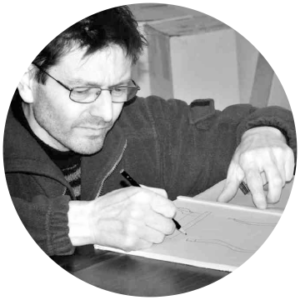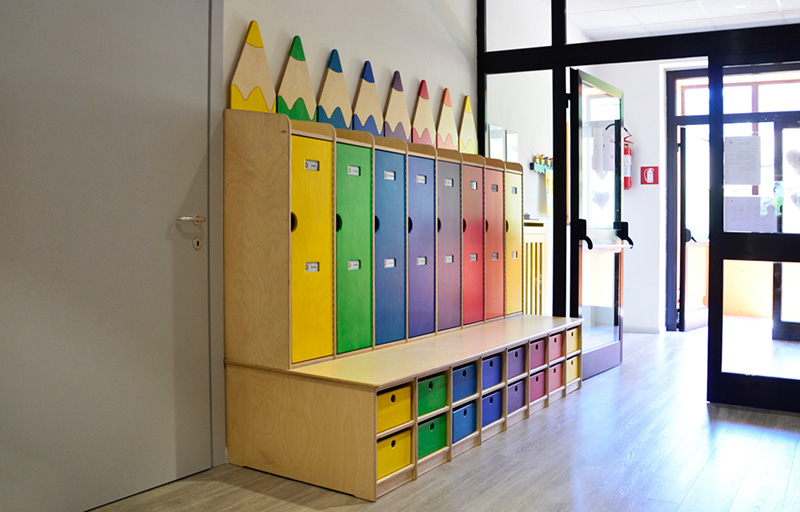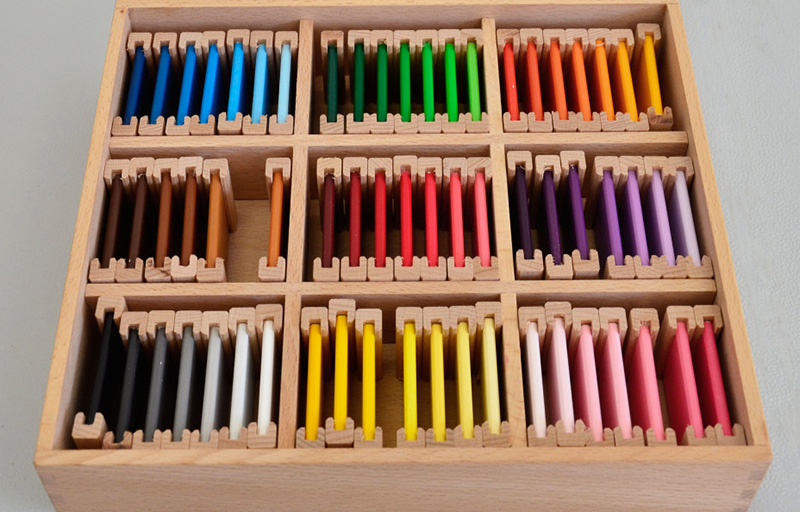Falegnameria Faustini was set up in 1850 in a rural world, at once harsh and generous, and the family changed its name to “Tisler”, a dialect term from the German “Tischler” (carpenter). For years, the founder Giovanni Faustini and his son and grandson, Giuseppe and Remo, worked hard to satisfy local demand and were esteemed for their passion and honesty. In 1934, they moved the business to Faedo and over the decades became firmly rooted in the territory, where entire families would always go to the Faustinis for their needs.
Four generations on, the business is still going strong, with the same passion, rooted in the territory but addressing new needs. Four generations on, it’s still based on the family’s integrity and its respect for those who choose to go to them for their needs.


Today, Bruno and Carla, husband and wife and father and mother of three beautiful daughters, are serving their customers with the same passion, but with innovative new force they have started producing Montessorian educational material for private users, nurseries and infant and primary schools, believing in the philosophy and pedagogical method introduced by Maria Montessori in the last century. Production based on studies of the Montessorian tradition of objects, shapes and colours and developed with a focus on sustainability to ensure products are natural, healthy and wholly Italian, the ideal result, as also testified by the increasing numbers of public and private customers who choose Montessori BF materials every day. 170 years on, Falegnameria Faustini is as committed as ever to growing the family and the society in which it is so deeply rooted.


At the beginning of the last century, Maria Montessori began to observe children and their interaction in an environment and climate favourable to learning. She understood how they autonomously and spontaneously choose the materials put at their disposal and work with them. She was able to scientifically show how children left to themselves to organize their activities in an environment designed for their needs are in the best position to learn and exercise the skills necessary for fully developing their personality. This was the beginning of the Montessori method, used because of its efficacy and completeness in educational facilities, from nurseries to high schools, in Italy and worldwide. It’s the method that enabled full development
of illustrious minds like Bezos, Page and Marquez.
What is nowadays defined as the “Montessori method” was seen by its creator as a “help in life” rather than a “method”. She believed that it supported children’s development and that this definition came closer to the particular function she attributed to teaching as a process of strengthening and valorization of infants’ resources.
A life spent serving the growth of society and culture, first in Italy and then abroad, before and during the 2nd world war, a period in which the Opera Nazionale Montessori, of which she was honorary president, was closed. A life and a method that brought light and progress for humanity, as shown by the success stories linked to her name.





